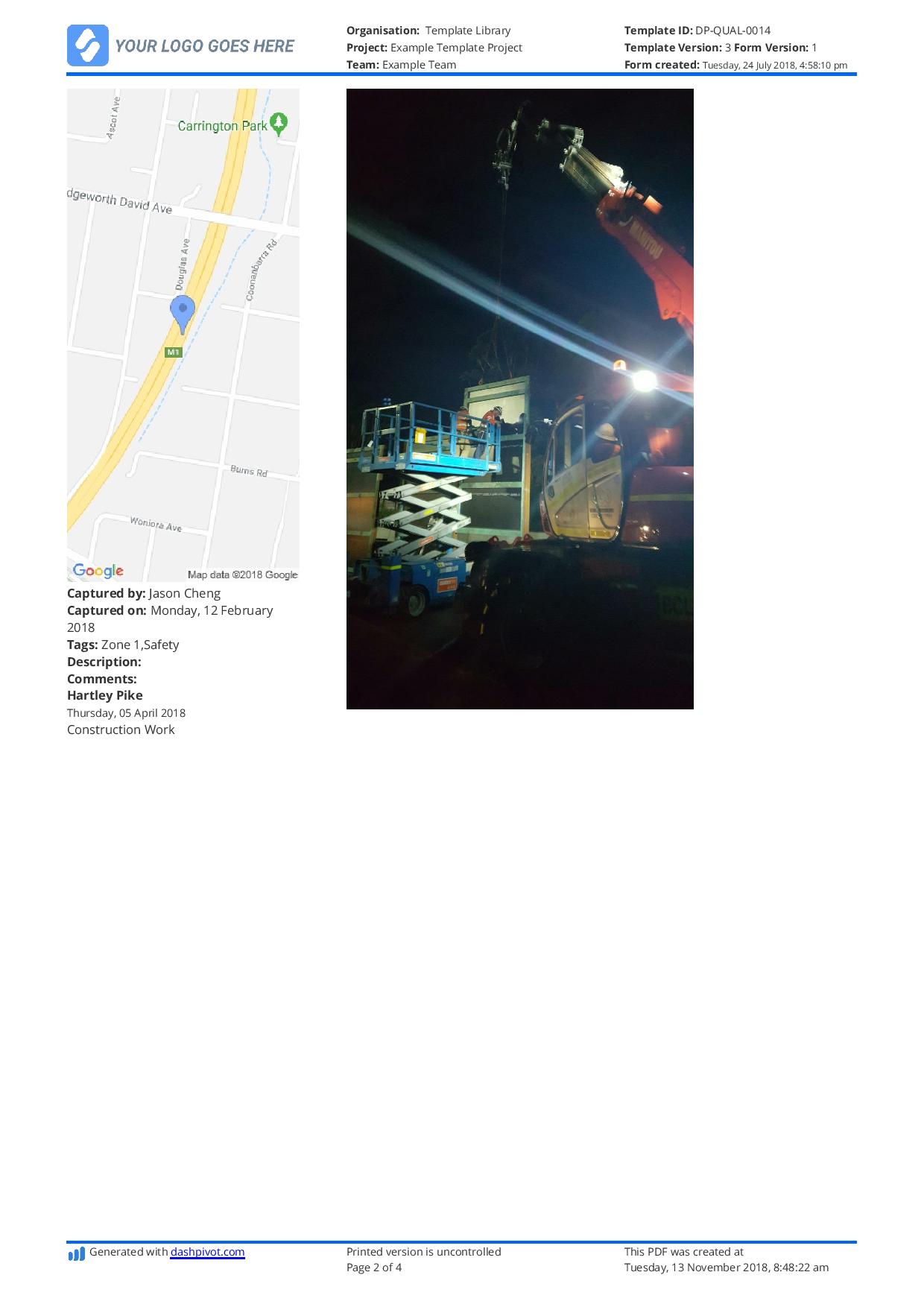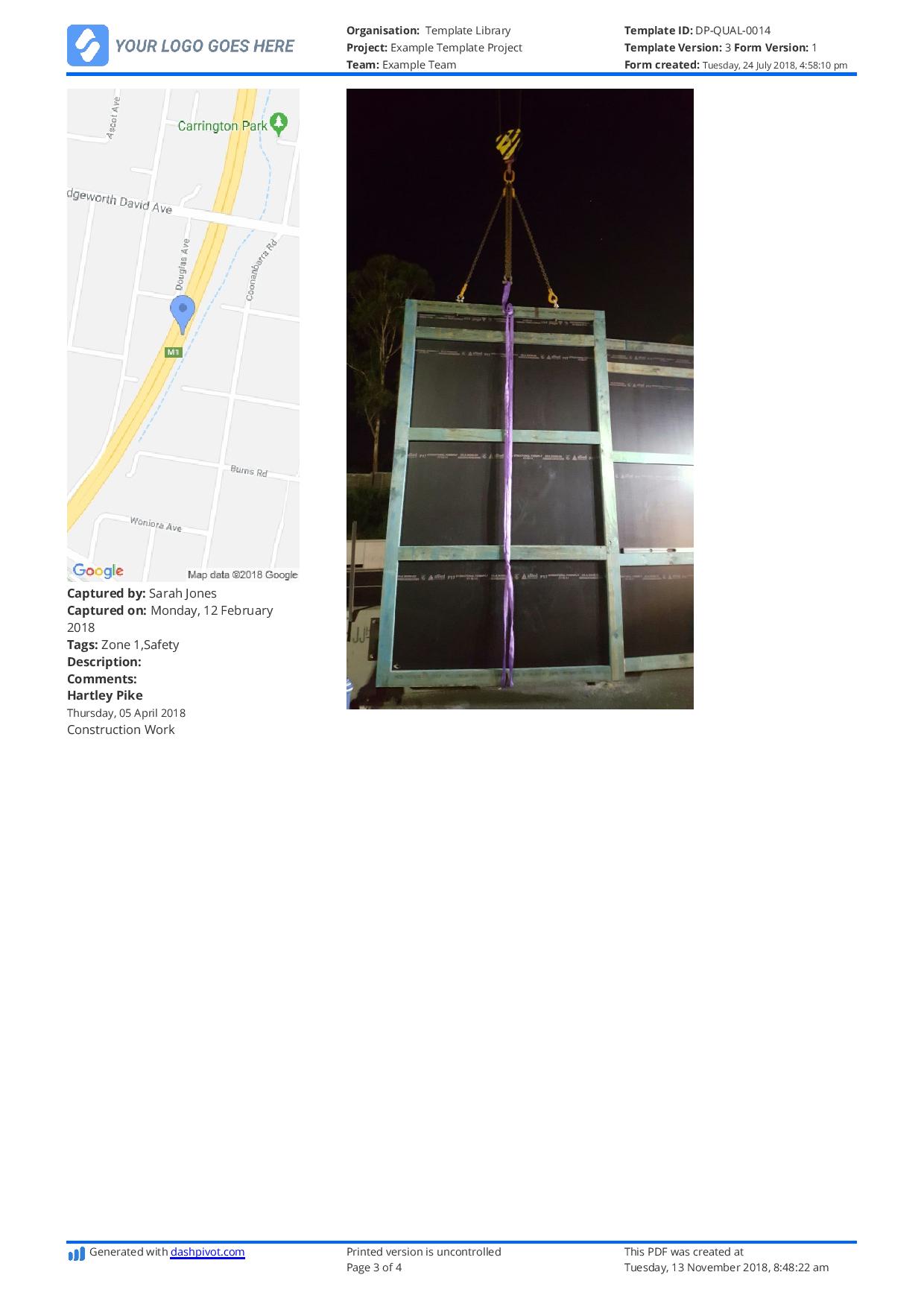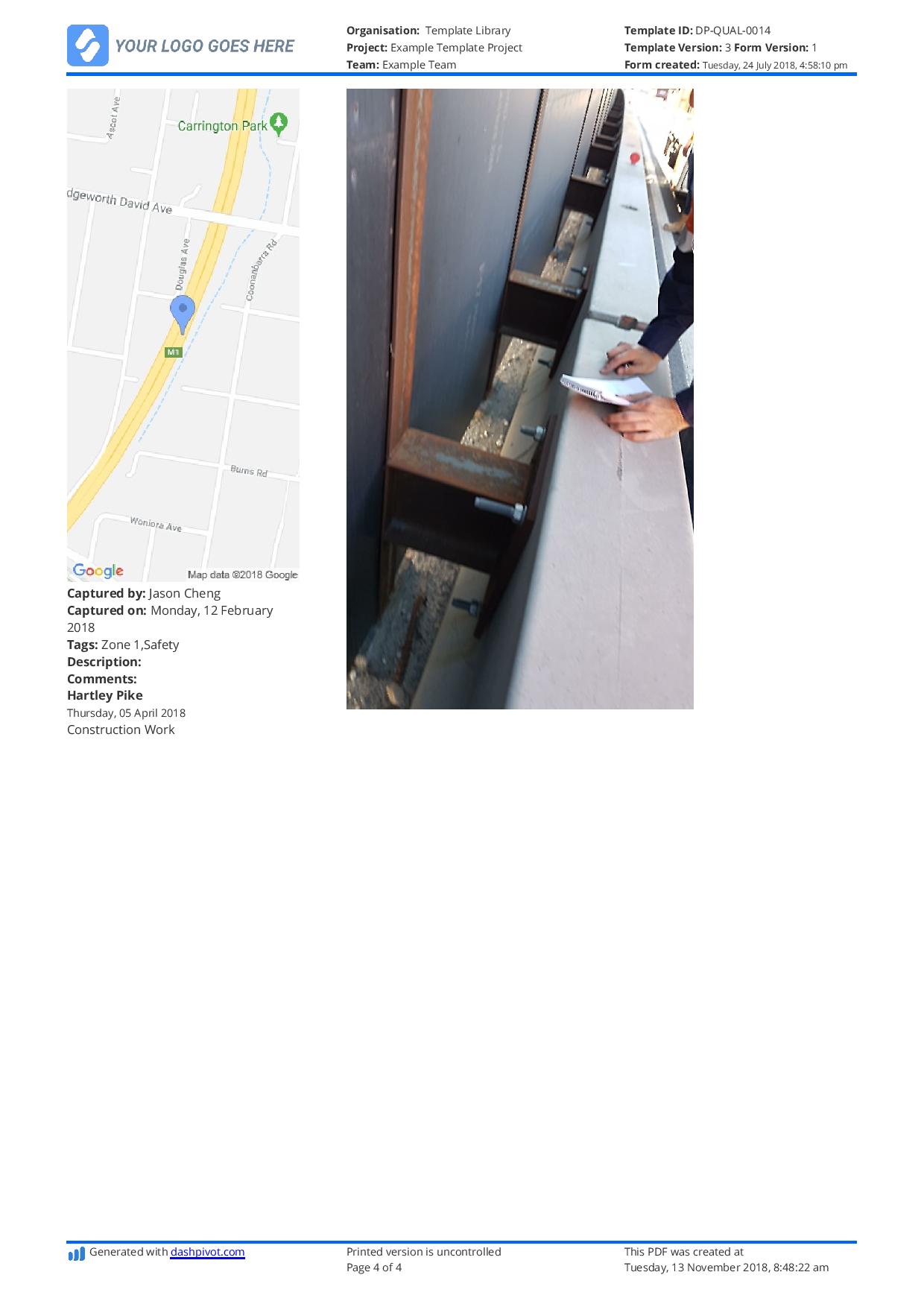Construction – Construction document management systems
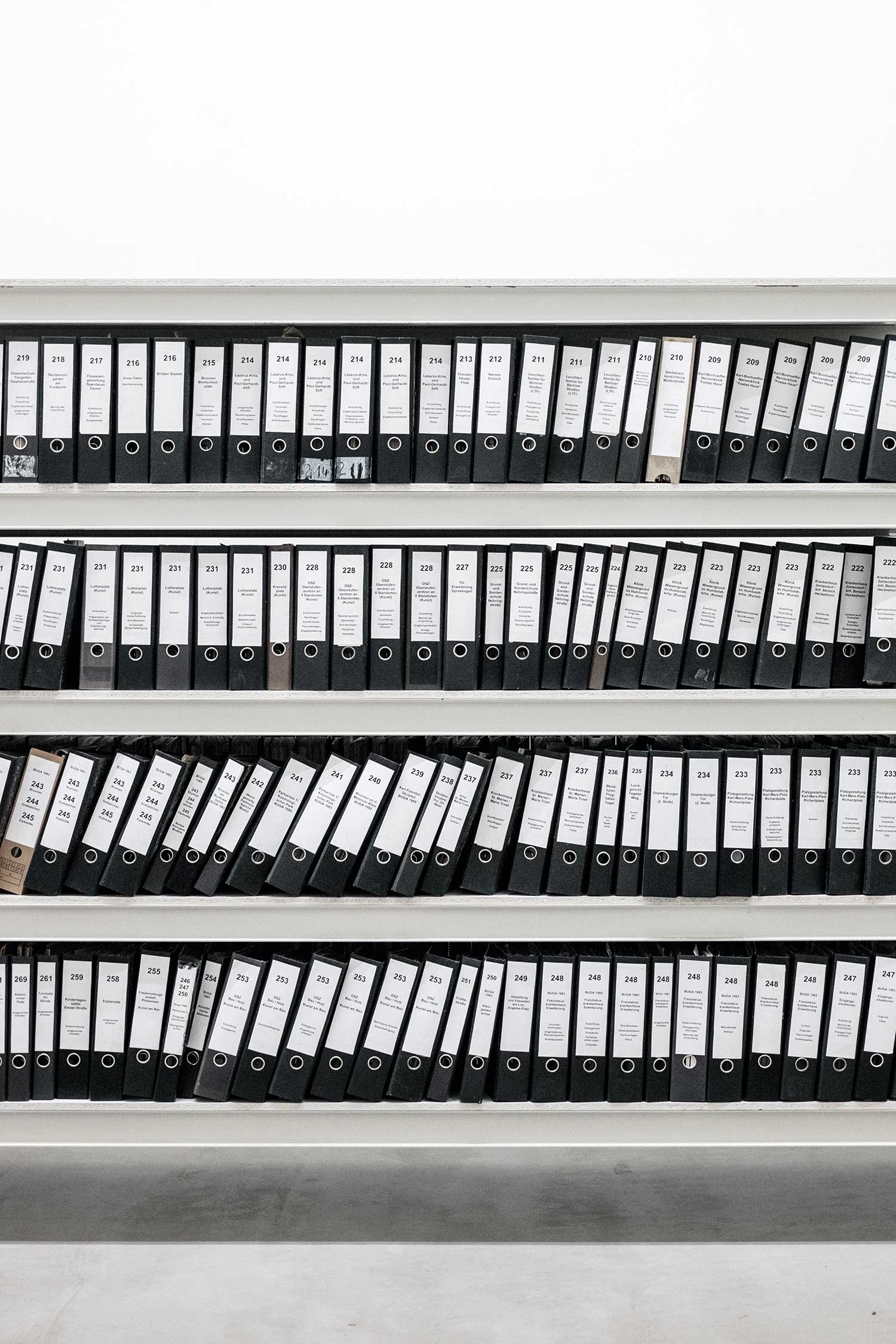
Construction document management systems: Here's what to look for
How do we manage construction documents without dedicated document management systems?
Construction document management is arguably the bane of the construction industries (amongst other industries) existence.
Document management takes an incredibly amount of time away from projects, and requires the employment of thousands of administrators and workers - costing projects and companies millions.
The above is true, especially when construction documents are managed poorly - and without dedicated construction document management systems.
To date, many companies have been using simple folder structures, servers and word docs and excel spreadsheets to manage all of the important documentation. Other companies are even further 'behind', still managing their documents with paper and physical folders and filing cabinets.
Managing documents in this way was the status quo for a long time, because it was the only way to manage documents. While it did 'work', it resulted in a number of obvious and non-obvious problems:
Obvious
- Site workers spend hours completing forms and documents manually - often with pen and paper - which they would then have to scan, upload and send to the office. This is slow, and important documents get lost and are illegible
- Once these documents and forms were completed, office personnel and trained engineers and project managers spend hours reconciling this data into spreadsheets - and formatting it into PDFs and CSVs and jumping back and forth between fragmented systems
- Because of the fragmentation of pre-construction and construction based documentation, documents are difficult (sometimes impossible) to find for variations, internal and external audits.
Less obvious
- All of this data which needs to be reconciled takes time to be processed by humans. By the time this data is ready to be read and understood to track what's happening, it's weeks late and people can't make real-time decisions
- Collaboration between parties is slow and laborious which creates delays and budget headaches
- A lack of version control and audit control means data is unstandardised and uncontrolled making records weak and disputable
Quite obviously, managing documents manually can be inefficient and costly - and it can really impact the state of your important documents and forms - and directly impact the state and outcomes for your company.
Which construction document are you?
There is a relatively clear and important distinction and delineation between the two main construction document types - and all construction companies use both - some more than others.
The use case for these different document types is:
- Plans, policies and procedures - These are the important documents which you typically use and fill out once or twice on a project. They are documents which get 'put' somewhere and stored for safe record keeping
- Project delivery forms - These are the forms you and workers use every day to capture, organise and track work across commercial, financial, production, safety, quality and environmental. These are the documents which people use every day to do work including site diaries, permits and reports.
In our experience, it's important to manage both of these types of documentation well - but the one which costs the most time and is the messiest is the project delivery documentation. Modern methods of storing your drawings, PDFs and project plans work very well - including cloud-based storage solutions and more collaborative solutions like Aconex. Even more dated solutions like servers and computer folders work okay.
But where the most time is lost and cost, and where most of the upside of document management systems lie is on the project delivery documentation side.
So we are going to look at eliminating the pile of paperwork and charts which sit all over desks - and the scary number of word docs, spreadsheets and PDFs which are floating around on engineer, foremen and project managers computers - and take a look at what you should look for in document management systems.
What to look for in your construction document management systems
Architecture
Once of the most common things we see in companies employing or deploying a document management system is that their management system doesn't align with how they do and manage work.
And this isn't surprising given that many document management systems and softwares weren't designed for construction companies; they were designed for generic use cases.
The problem with this is that it limits a company's ability to architect their documents properly, which doesn't solve the old problems of losing things in generic folder structures, having to upload and download documents, having to maintain word based templates and then format these templates into PDFs etc.
It also naturally results in an inability to effectively deploy documents to specific projects and teams. It is a constraint which you can't get around as it is the architecture of the way your documents live and move.
So what architecture do you want?
You want a system which is architected the way your company is - into projects, functions and teams.
When a system is architected this way, it makes managing documents easy. You can create standardised document templates at the organisational level, and then deploy them to individual projects and teams. This means that people are using the right documents - and the latest versions - and that all of the data and completed forms are being 'uploaded' and organised into this same project and team structure.
In addition, all of your functional documents can be tagged as safety, commercial, quality etc. so that you can quickly and easily find specific functional documents too.
The structure of your document management system will influence the power and control that you have over your documents for the rest of time - so make sure you get this bit right.
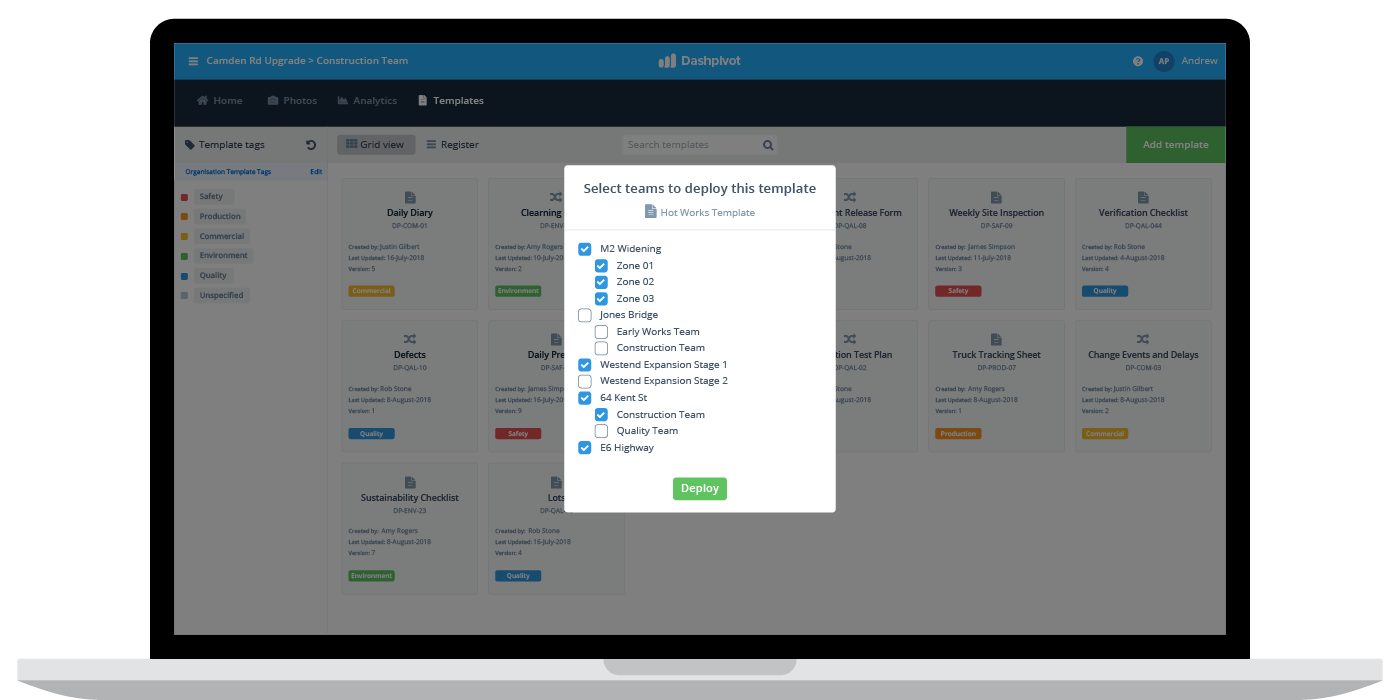
Flexibility
Similar to the above point, you will want to make sure that the system is flexible enough for your use cases and activities. Managing ITP documentation can be different to managing safety permits and site diaries.
For this reason, I recommend looking for a solution which has the building blocks you need to build and change what you need over time - rather than investing in a rigid solution which does site diaries or one other document type well.
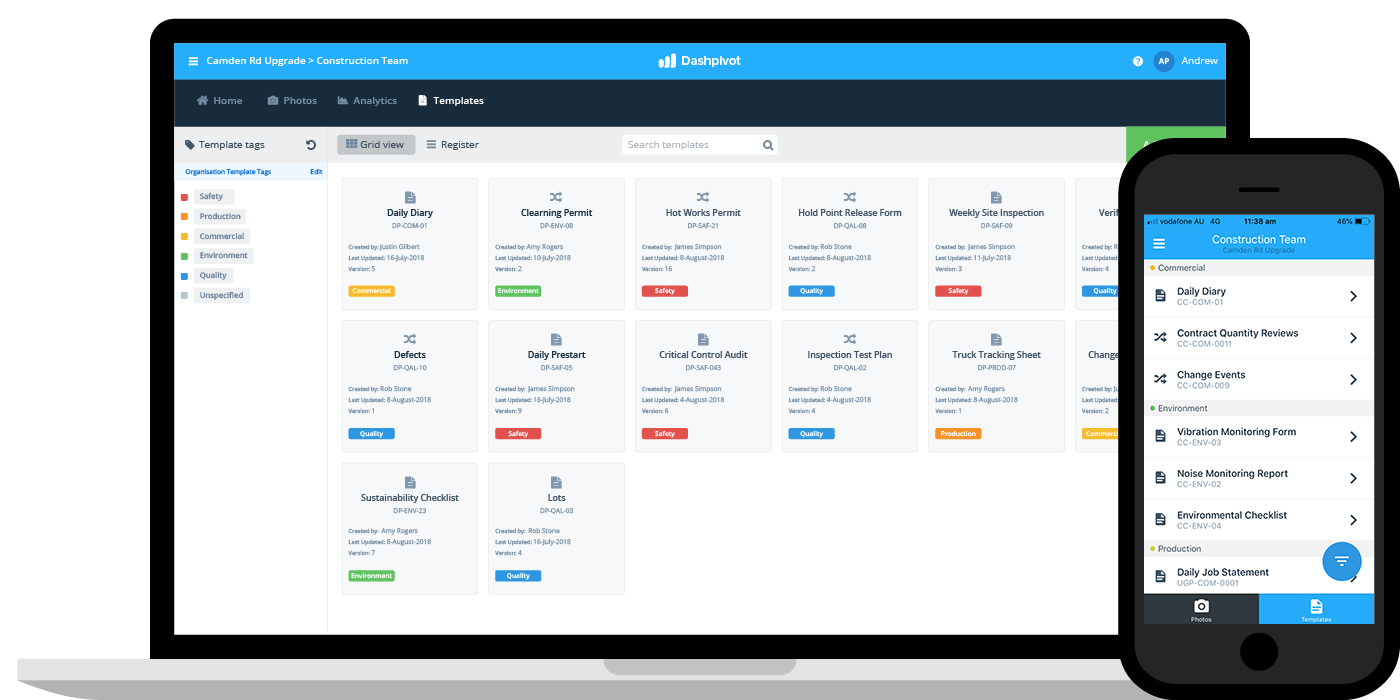
Ease of use
The main request and value proposition for construction document management systems is that they be easy to use.
Part of the reason for word, excel, PDF and folders have existed and sustained for so long is that they are (now) easy to use. People have gotten used to using them, and they are therefore easy to use.
Any system which you choose must be easy to use, for all of your teams and workers. It must be easy to use for site workers and it must be easy to use for management and administrators.
While many industries can rely on making things easy for one type of users or use case, construction companies must factor in a variety of different users - from foremen on site all the way to experienced IT professionals.
What types of ease of use are important?
- Being able to easily create and edit documents
- Being able to easily fill in forms quickly and easily on multiple devices (computer, phone, tablet)
- Being able to make changes to forms and documents after they have been filled out
- Being able to format completed documents into PDFs and CSVs
- Being able to share, download and print documents in the click of a button
- Having a clean interface which can be picked up and used straight away
In order for any document management system to be adopted in construction, it must be (and should be) user friendly, It's a prerequisite to good adoption and long term viability.
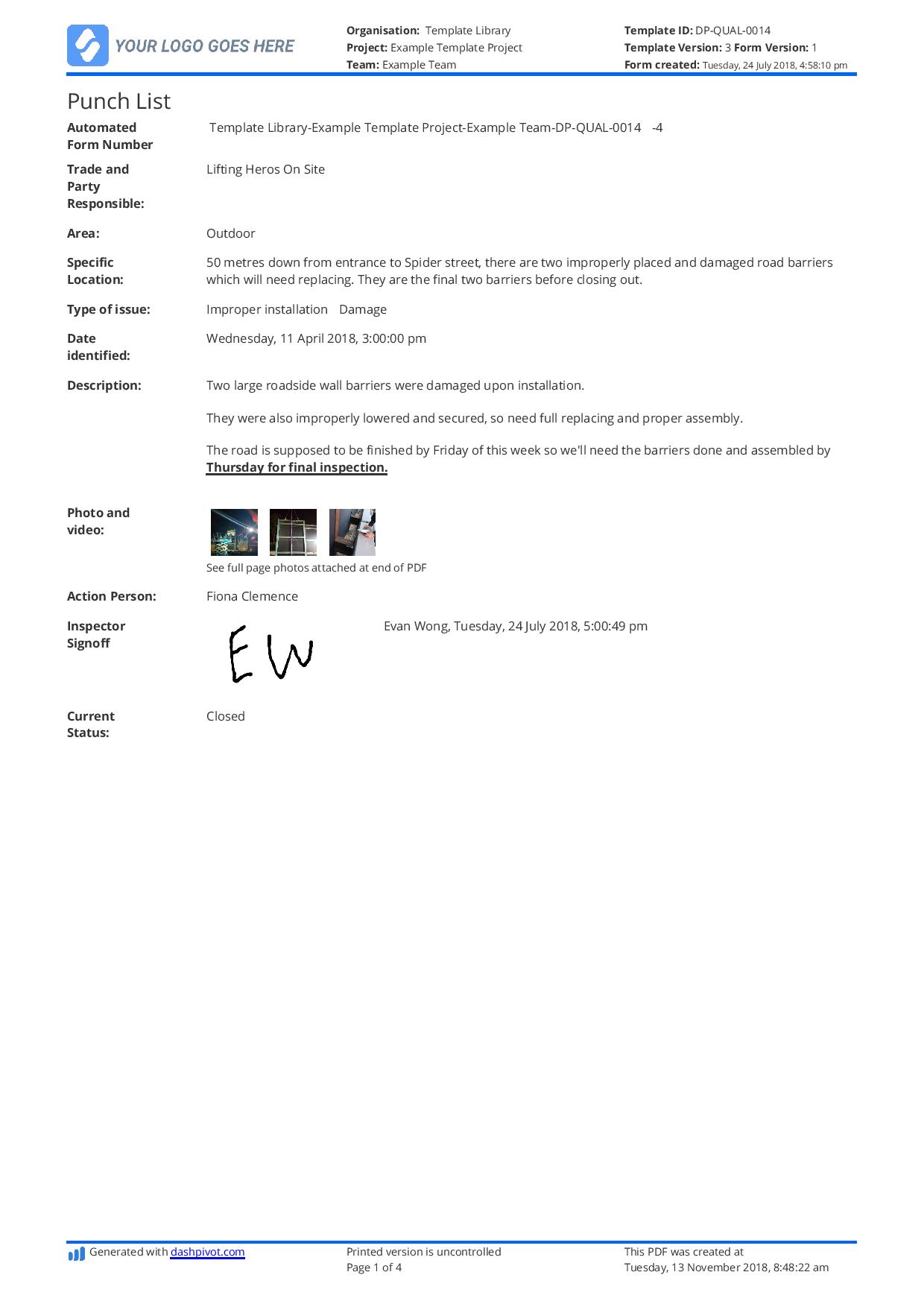
Try a flexible and robust document management system for free.
Collaboration and access
Unlike many use other professional use cases, construction documents change hands an incredible number of times and collaboration is inherent in getting work done.
Multiple people need to signoff on induction forms, and permits need signoff and escalation to project managers to be closed off. All of these document use cases benefit from a system where real-time collaboration is possible.
Why pull a document out of a folder to send it to send it to someone else when you can collaborate on that document inside of the system in real-time.
Good construction document management systems will give you the ability to setup different types of documents and different types of workflows. You can often setup simple workflows for documents which notify people when they need approval or checking and get actioned faster.
Outside of this collaboration piece, access for your projects and teams shouldn't be restrictive either. Given that the way people want to work is always different, as are the environments construction sites cover, it's important that your document management system can travel with you.
Modern construction document management systems can be accessed and used when online and offline so that people can continue to work on digital documents when on site in normal conditions are in a deep tunnel or remote site.
Version and audit control
The other thing you should absolute have in your document management system is automated version and audit control.
Old document management systems (folders, files etc.) fell very short here, and softwares and systems can do all of this automatically. Every document in your system should have a unique document ID and have a detailed audit trail of all of the changes and revisions made to the document.
This type of document control is a plus for internal uses and a must for external audits and external facing documents.
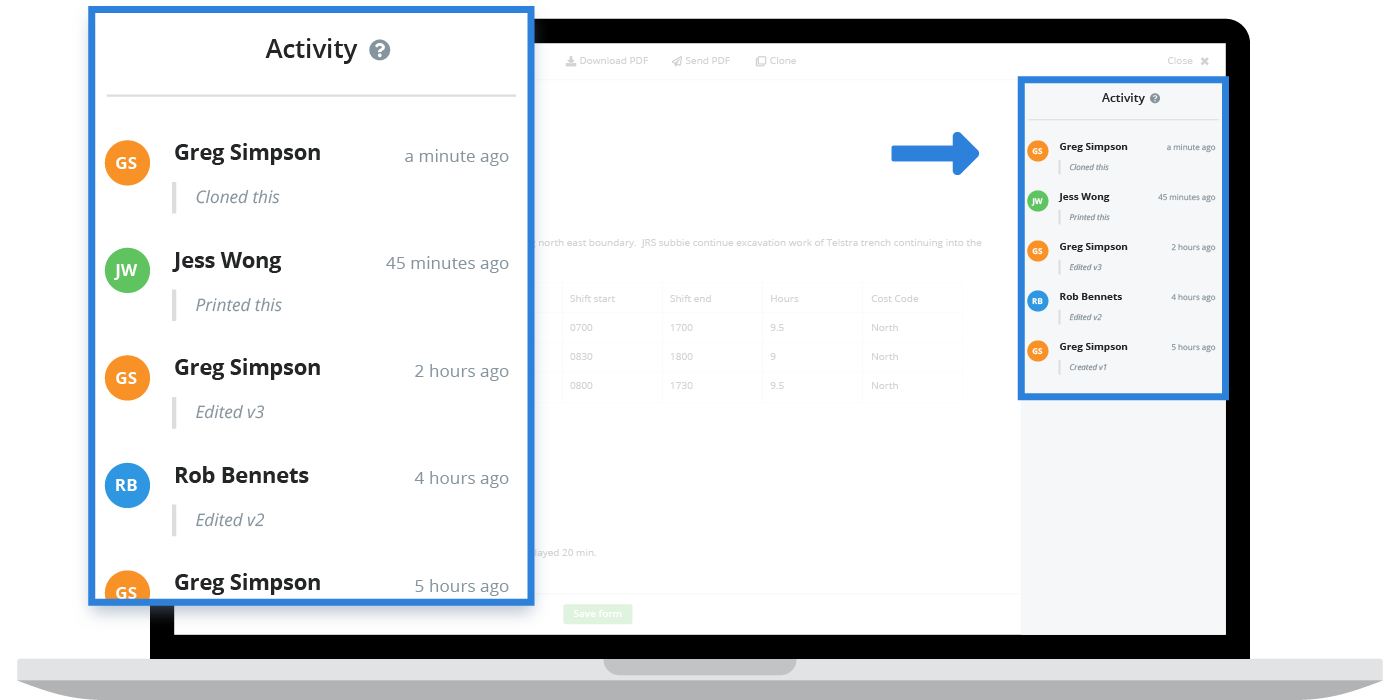
Changing the source of construction documents is the future of document management systems
'Buying' into a construction document management system can require money, and it can also require an upfront investment of time too. Moving your existing documents into a more flexible document management system is a good start - but eventually you should be looking to change the source of your documents.
While there are productivity gains and improved document management outcomes which stem from moving your exisiting documents which are created and edited in word, excel and PDF - the major gains stem from making the source of your documents entirely digital.
There are a number of integrated management system solutions available to do this which connect your documents from the site to the office - meaning your data stays clean and standardised and that you don't have to spend time playing with document formatting, converting forms from word, to PDF and back to word again etc.
This change of document source is the future of document management in construction.
People in 80+ countries use this construction project management system to improve how they manage documents (and other parts of their projects).

